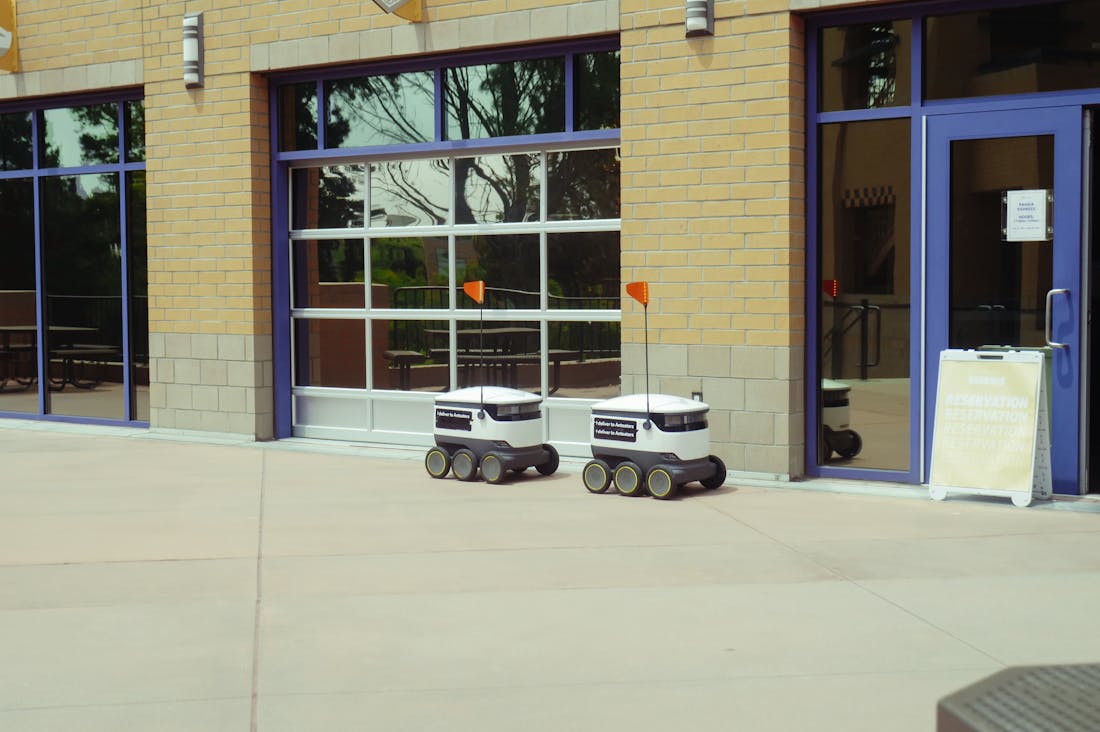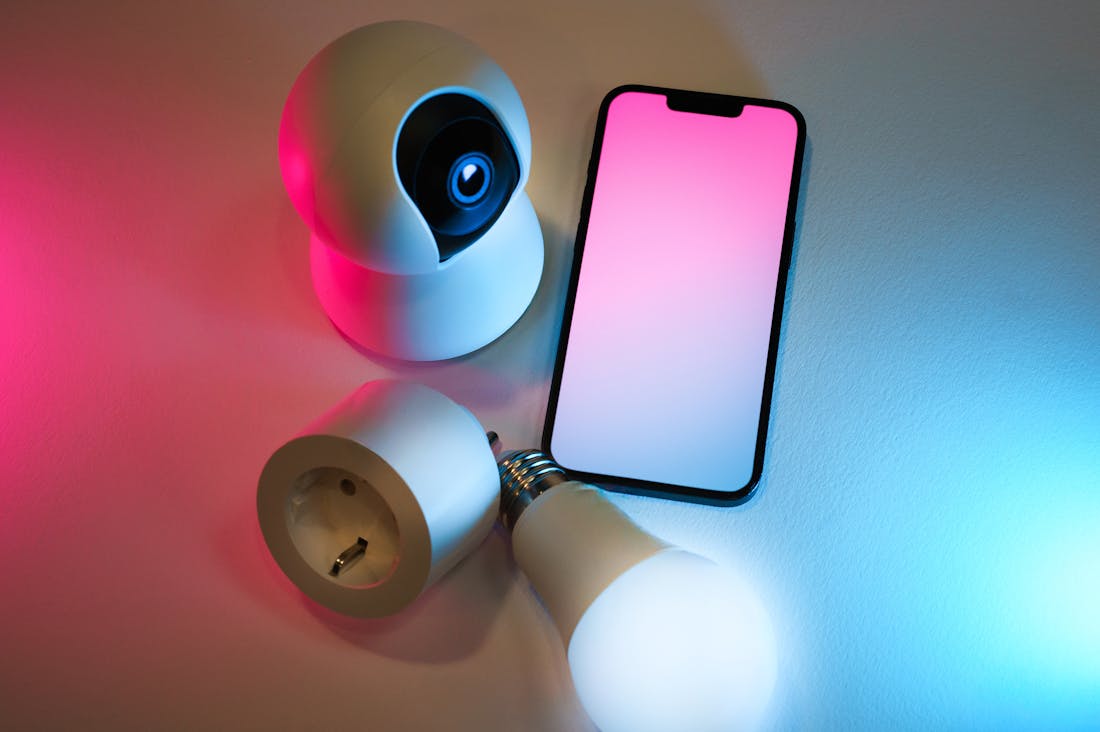In today’s rapidly evolving digital landscape, emerging technologies such as Artificial Intelligence (AI) and the Internet of Things (IoT) are fundamentally reshaping our everyday lives. From smart home devices enhancing convenience to AI-driven applications revolutionizing industries, this exploration delves into how these innovations are transforming our interactions, habits, and societal structures, paving the way for a future intertwined with technology. As we examine these advancements, we will uncover both the benefits and challenges they present, highlighting the profound impact of these technologies on our daily experiences and broader communities.

AI in Daily Life: Convenience vs. Privacy
AI has increasingly woven itself into the fabric of our daily lives, offering unparalleled convenience through technologies like virtual assistants, recommendation systems, and smart home devices. These tools enhance productivity, streamline tasks, and personalize experiences, making everyday activities more efficient. However, this convenience often comes at the cost of privacy. As AI systems gather vast amounts of personal data to function effectively, concerns about surveillance and data misuse arise. Users may unknowingly trade their personal information for the benefits of AI, leading to a growing tension between the desire for convenience and the need to safeguard privacy. Striking a balance between these two aspects is crucial as we navigate the evolving landscape of technology.

The Role of IoT in Smart Homes
The Internet of Things (IoT) plays a pivotal role in the evolution of smart homes, transforming the way we interact with our living environments. By integrating smart devices such as thermostats, lights, security systems, and appliances, IoT enables homeowners to remotely monitor and control various aspects of their homes via smartphones or voice-activated assistants. This technology enhances energy efficiency, allowing for automated adjustments based on occupancy or weather conditions, ultimately leading to reduced utility bills. Additionally, IoT devices contribute to enhanced home security, providing real-time alerts and surveillance options. As a result, smart homes not only offer convenience but also improve safety and energy management, creating a more connected and efficient living experience.

Future Trends in Technology and Lifestyle
The convergence of technology and lifestyle is set to redefine our future, encapsulating advancements that enhance convenience, sustainability, and well-being. Smart homes will become ubiquitous, integrating AI-driven devices that learn our habits and optimize energy consumption, ultimately reducing our carbon footprint. Wearable technology will evolve to monitor health metrics in real-time, allowing for personalized healthcare and proactive wellness management. Virtual and augmented reality will reshape social interactions and entertainment, enabling immersive experiences that bridge distances. Additionally, remote work will become more commonplace, fostering a global workforce and challenging traditional office norms. These trends herald a new era where technology seamlessly intertwines with daily life, driving innovation and improving quality of living.
The Role of AI in Enhancing Personalization
AI's impact extends beyond convenience; it also plays a crucial role in personalizing experiences across various platforms. For instance, streaming services utilize sophisticated algorithms to analyze user preferences and viewing habits, curating content that aligns with individual tastes. Similarly, e-commerce websites leverage AI to recommend products based on past purchases and browsing history, creating a more tailored shopping experience. This level of personalization fosters customer loyalty and satisfaction but raises questions about the implications of algorithm-driven choices. Users must remain aware of how their data influences these recommendations, which can sometimes limit exposure to a broader range of options, making it vital to maintain a balance between tailored experiences and the diversity of choices available.
Challenges of Data Security in the Digital Age
As our reliance on AI and IoT grows, so does the concern regarding data security. The interconnected nature of smart devices poses unique vulnerabilities, making them attractive targets for cyberattacks. Breaches can lead to unauthorized access to personal information, financial data, and even control over smart home systems. This reality necessitates a proactive approach to cybersecurity, urging users to implement robust security measures, such as strong passwords and regular software updates. Moreover, manufacturers must prioritize security in their design processes to protect users from potential threats. As individuals increasingly engage with technology, understanding and mitigating these risks becomes essential in ensuring a safe and secure digital environment.
Sustainability and Technology: A Symbiotic Relationship
The integration of technology and sustainability is becoming increasingly important as society seeks to address climate change and environmental degradation. Innovations such as smart grids, which optimize energy distribution and usage, exemplify how technology can promote sustainability. Furthermore, AI can analyze vast datasets to enhance agricultural practices, enabling more efficient resource use while minimizing environmental impact. This synergy between technology and sustainability not only aids in conserving resources but also fosters a culture of environmental responsibility. As businesses and consumers alike embrace these advancements, the potential for a greener future becomes more attainable, demonstrating that technology can serve as a powerful ally in preserving the planet for future generations.
The Future of Work in a Tech-Driven World
The advent of advanced technologies is fundamentally altering the landscape of work, with remote collaboration tools becoming essential. Companies are leveraging platforms that facilitate seamless communication and project management among distributed teams, allowing for flexibility and increased productivity. As businesses adapt to this new reality, they are also rethinking workspace designs, focusing on hybrid models that accommodate both in-office and remote employees. This shift not only enhances work-life balance but also attracts a diverse talent pool unrestricted by geographical boundaries. However, it also presents challenges, such as maintaining company culture and ensuring effective team dynamics. As the future of work continues to evolve, organizations must navigate these complexities to harness the full potential of a technology-driven workforce.
AI-Assisted Content Disclaimer
This article was created with AI assistance and reviewed by a human for accuracy and clarity.